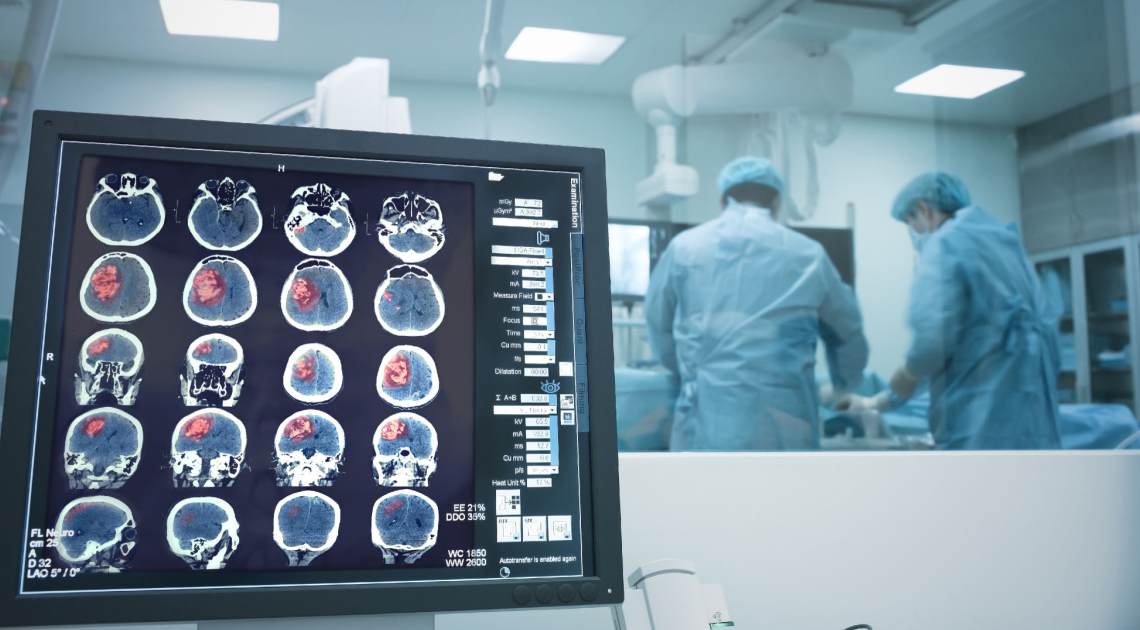On October 10, a hospital ward in Rome’s Paideia International Hospital was filled with the smooth sound of jazz as a 35-year-old patient underwent brain surgery while fully awake and playing the saxophone!
A team of 10 surgeons led by Dr. Christian Brogna kept the patient, identified only as G.Z., awake for nine hours of surgery to allow them to navigate brain function while they worked to remove a brain tumor.
No-So-Easy Listening
Thanks to local anesthesia, all the patient felt during the procedure was the rhythm of his jams as he blew through the surgery with a playlist that included the 1970 film “Love Story” theme song and the Italian national anthem.
Brogna and his team studied the compositions in depth before the operation to ensure they’d notice a wrong note, abrupt pause, or change in rhythm that may indicate that the area they were probing should be avoided.
📽️Surgeons in Italy have carried out an awake brain surgery on a 35-year-old patient as he played on his saxophonehttps://t.co/pcs7KCmS8U pic.twitter.com/AqAYWBI0ng
— The Telegraph (@Telegraph) October 15, 2022
Why Keep the Patient Awake?
This wasn’t Brogna’s first time attending a concert in the ward; the neurosurgeon performs about 50 awake surgeries every year, customizing the operations based on the patient’s lifestyle.
“Awake surgery makes it possible to map with extreme precision during surgery the neuronal networks that underlie the various brain functions such as playing, speaking, moving, remembering, counting,” said Brogna of the benefits of keeping patients active during surgery.
“Each person is unique because each brain’s unique,” he said, adding that it’s important to understand the patient’s wishes and lifestyle for a successful surgery that preserves the patient’s quality of life.
Operating Room Talent Shows
While some patients answer questions or read a book while on the table, others choose to sing opera or play guitar, as these talents are prominent in their lives. Playing an instrument allows surgeons to avoid areas responsible for several brain functions like motor skills, hand-eye coordination, and math!
In G.Z.’s case, his tumor was located directly in the difficult-to-operate-on regions of the brain responsibly for mobility. His left-handedness made mapping harder since his brain structure is different from that of a right-handed person.
Ultimately, the operation was a success, with tests showing that Brogna’s team was able to remove the tumor completely. G.Z. went home to his wife and children three days later!
By Meghan Yani, contributor for Ripleys.com










Comment Your Reaction